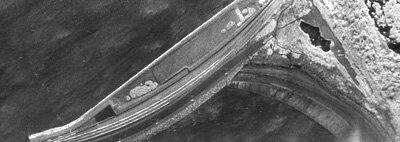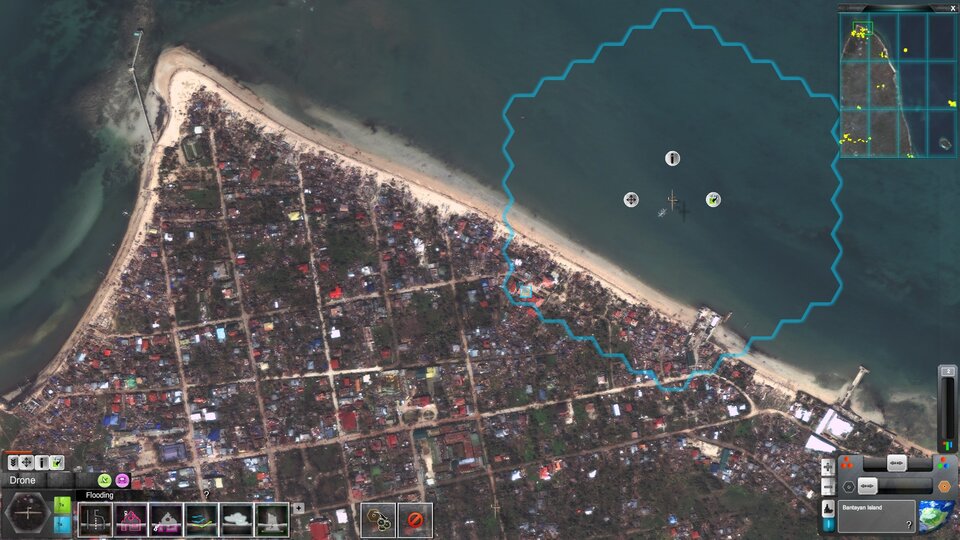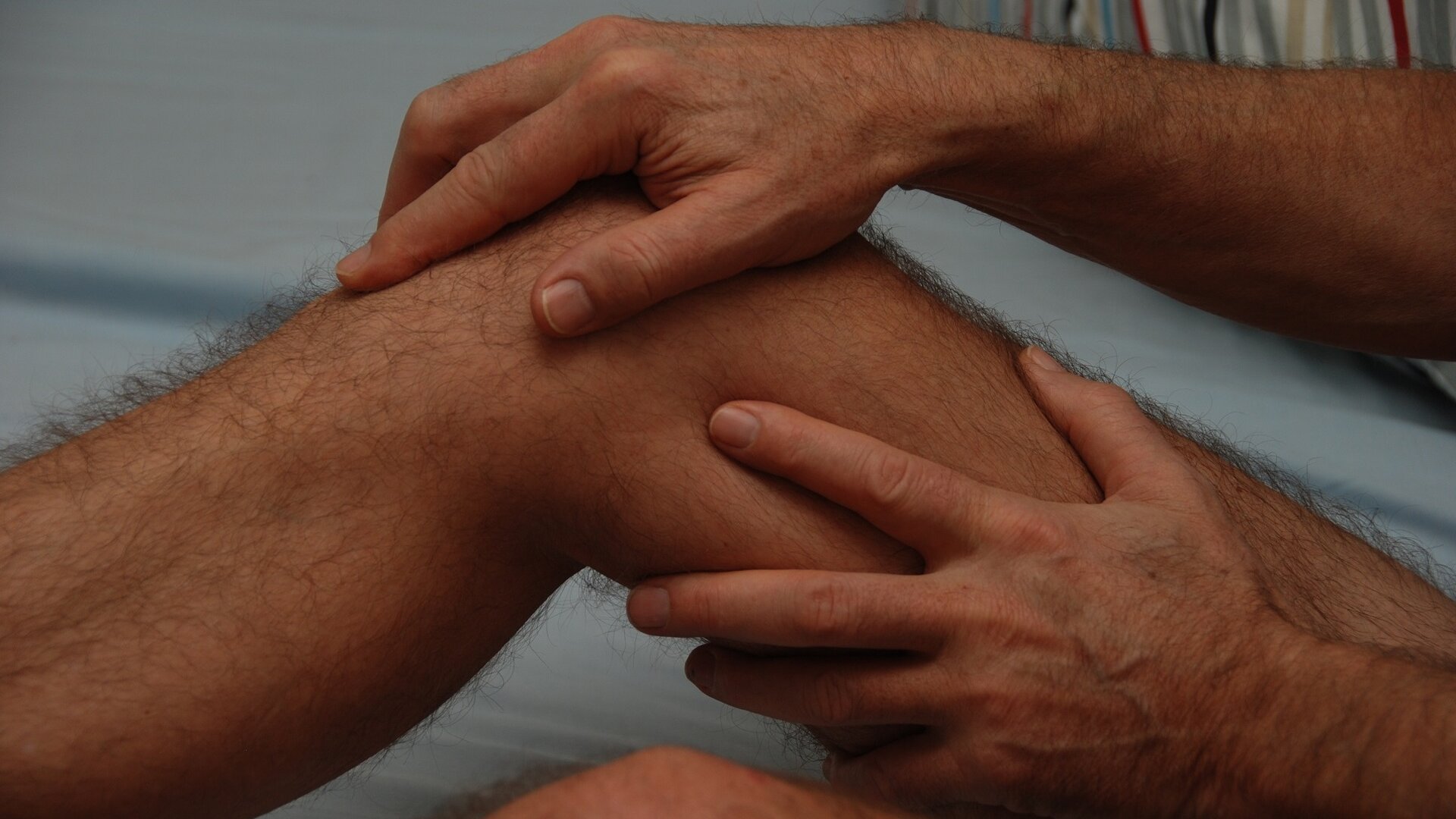100th start-up tackles restless legs
The 100th company at ESA’s first Business Incubation Centre is aiming to improve the treatment for Restless Leg Syndrome by calling on space expertise.
“I have suffered from restless legs since childhood, just like my father has suffered his entire life,” says medical doctor Casper van Waveren Hogervorst. “And since I notice that my teenage son also has symptoms, I want to ensure a life for him free of this struggle.”
RLS is best known for its overwhelming and often unpleasant urge to move the legs while at rest.
In severe cases, it can be very distressing and disrupt the victim’s daily activities. According to the UK´s National Health Service, as many as 1 in 10 people are affected at some point in their life, although not all severely.
Available drug therapies have side effects, and Casper has been searching for many years for another answer. Testing various devices showed they all have limited suitability and were not practical for all RLS conditions.
The birth of a new device

When Casper proposed his new idea, engineer Erik van der Heide drew on his experience of space systems to suggest, “We can make it smaller, better, safer, and more robust and reliable.”
The pair formed the Dutch start-up company Relegs BV, which began working last month at ESA’s incubator in Noordwijk, the Netherlands.
Their goal is a treatment without side effects and able to relieve RLS discomfort in any posture and situation.
”Casper and Erik have identified several design approaches used by ESA previously in developing space hardware which can result in a smarter solution to help people suffering from the syndrome,” says Martijn Leinweber, Community Manager at ESA Business Incubation Centre (BIC) Noordwijk, Part of ESA’s technology transfer effort, this first incubator was opened in 2004.

“Here at our centre they will be able to draw on expertise both through our partner networks and from ESA’s nearby technical centre, to develop their idea and grow their start-up.”
“At present, we cannot say much on the specific space technology we plan to use as we first need to secure the patent,” adds Erik.
“But our device will certainly fill a need in the market and improve the quality of life for many people affected by RLS.”
Reaching a century

”Relegs is our 100th start-up,” notes Martijn. Part of ESA’s technology transfer effort, this first incubator, ESA BIC Noordwijk, was opened in 2004.
”The entrepreneurs come with their ideas and we help to turn them into viable businesses – 100 in 13 years. This has created hundreds of local jobs, benefiting from exciting technologies developed for Europe´s space programmes.”
The network will grow to 19 centres throughout Europe by the end of 2017 to support start-ups at 35 locations. The initiative has resulted in more than 400 new companies throughout Europe.
Space ignites smart solutions here on Earth
At the Noordwijk incubator, entrepreneurs have developed numerous products from Europe’s space programmes. Some incorporate specific technologies or materials, while others use data from satellites.

MetaSensing is using advanced radar technology to provide airborne monitoring of the stability of dykes, measuring the snow situation in the Alps, measure the sea and ice status in remote Finnish locations, and provide search and rescue to detect people.
EATOPS has developed its Remote Intuitive Visual Operation to monitor offshore oil and gas installations by use of ESA technology and expertise from controlling satellites.
Dutch Terahertz builds customised equipment based on satellite technology working in the terahertz frequency range for non-destructive testing of composite materials used in the marine, aerospace, medical and construction industries.

BlackShore has developed a dual-purpose online Cerberus crowd-sourcing system. Through gaming, it gives users the opportunity to discover planets through real satellite images. It also provides a quick and efficient tool to help rescue operations with up-to-date geographical maps of disaster areas by combining and elaborating satellite Earth observation data.
Selfly has developed a radar-based sensor for small aircraft to help pilots avoid collisions with other traffic and terrains, and reducing their weather dependency in uncontrolled airspace.
JOHAN Sport has developed a precise tracking system for field sports by use of satellite navigation data. Several football teams have equipped their players with the company’s small device, making it possible for coaches and players to analyse the games and individuals’ performances.
More on ESA’s technology transfer programme and its business incubator here.





